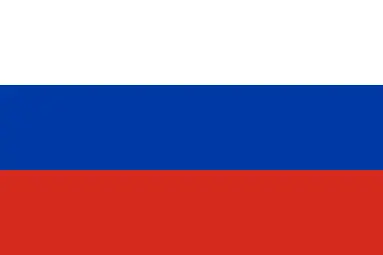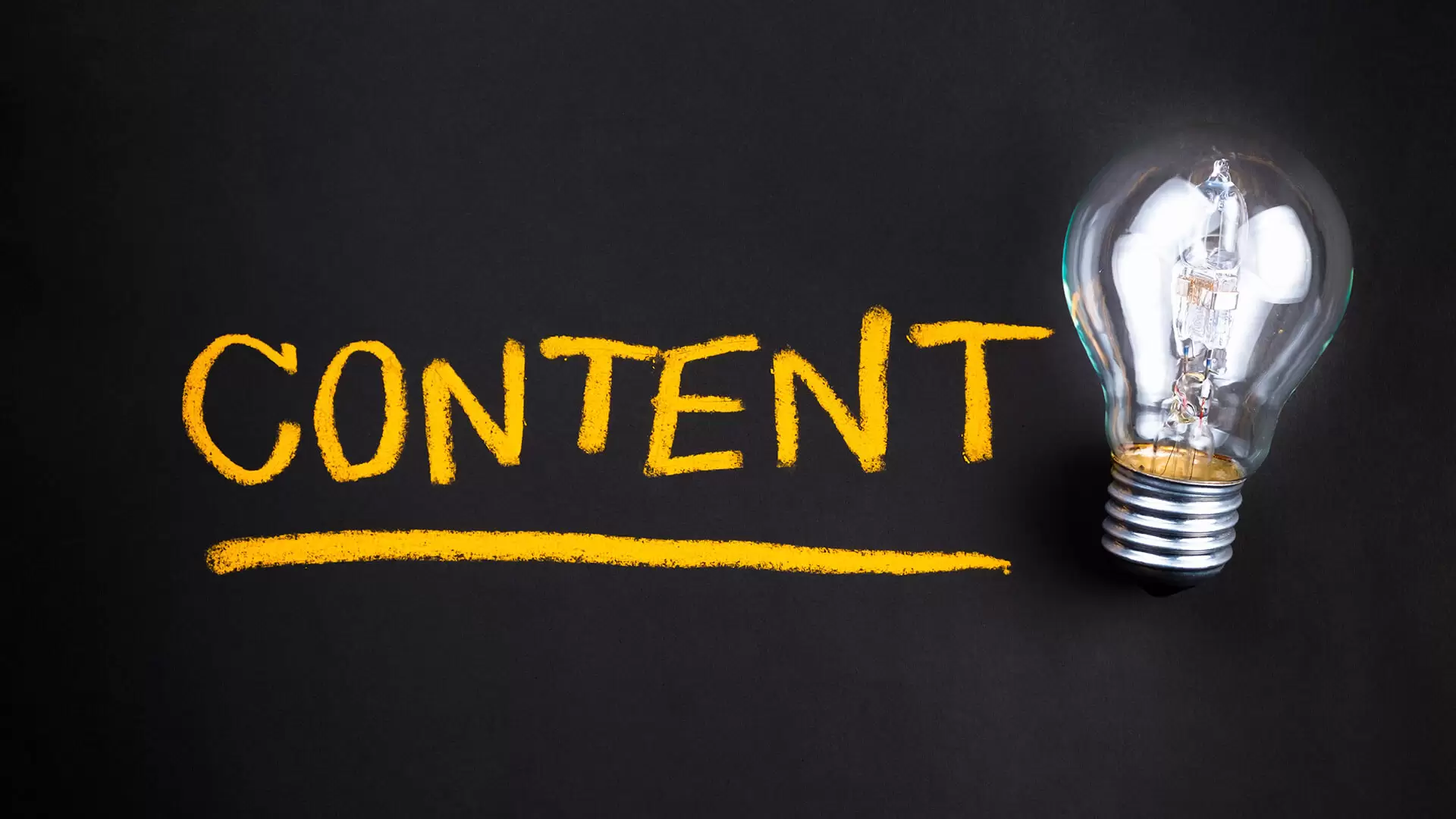What is Content?
Content is the process of delivering information or messages in various formats (text, image, video, audio, etc.). Its purpose is to create value for a specific audience, provide information, or establish a connection among target users. Content is utilized in business, education, entertainment, and many other fields. Today, in the digital age, content is a key element in content marketing, social media strategies, and brand promotion.
Content is not just a medium for transmitting information; it is also a tool for evoking emotions, motivating the audience, and building trust. High-quality and purposeful content is essential, whether for a personal blog, corporate website, or social media channel.
Content Concept
The concept of content is broad and multifaceted. It is not limited to written material but also encompasses visual, audio, and interactive elements. The types of content used across different platforms include:
Informational Content: Aimed at educating users (e.g., blog posts, news, research).
Entertaining Content: Designed to entertain the audience (videos, memes, games).
Educational Content: Created to teach people new knowledge (courses, tutorials, webinars).
Emotional Content: Used to create emotional bonds (motivational videos, inspiring articles).
Content also serves various purposes: improving SEO results, increasing activity on social media, driving sales, and boosting customer loyalty.
Types of Content
Text Content
Text content is the most fundamental form of any material. It is used in blog posts, articles, e-books, and press releases. Text content performs better on search engines when enriched with keywords for SEO purposes.
Video Content
Video content is one of the most popular and impactful types today. Platforms like YouTube, TikTok, and Instagram have a high preference for videos. It is ideal for product promotion, tutorials, vlogs, and advertisements.
Visual Content
Images, graphics, infographics, and cartoons fall under visual content. This type of content captures the audience's attention and ensures better retention of information.
Audio Content
Podcasts, audiobooks, and other recordings make up the main forms of audio content. It is ideal for users who prefer listening and can be used while working, exercising, or relaxing.
Interactive Content
Polls, quizzes, and interactive maps help establish closer engagement with the audience. This type of content encourages active participation from users.
What Should Content Be Like?
Creating quality content is not just about being interesting and aesthetic. It must also be valuable, purposeful, and tailored to the target audience. Effective content meets the following criteria:
- Valuable and Informative: Content should answer readers' questions and provide solutions to their problems.
- Unique and Free of Plagiarism: Directly copied content from other sources loses readers' interest and damages the brand's credibility.
- SEO Optimized: Proper keywords should be used, and meta titles and descriptions should be appropriately written.
- Well-Formatted: Structured with H1, H2, and H3 headings, making it readable and visually appealing.
- Regularly Updated: Content should align with current trends to maintain user interest.
Key Elements of a Content Marketing Strategy
A content marketing strategy is one of the most effective tools for attracting customers, strengthening the brand, and building long-term relationships. A well-constructed strategy accelerates business growth, helps earn the audience's trust, and boosts sales. The key elements of this strategy include:
1. Identifying the Target Audience
For a successful content marketing strategy, it is essential to know who you are addressing. To accurately define your target audience, answer the following questions:
- What are the audience's age, gender, and education level?
- What are their main interests and challenges?
- What type of content interests them the most?
Based on this information, you can choose the format and tone of the content and determine when and where it should be published. For instance, visual and entertaining content may work better for a younger audience, while informational and analytical content may suit a professional audience.
2. Keyword Research and SEO Optimization
Keywords are the cornerstone of a content marketing strategy. SEO-optimized content is essential for ranking higher in search engines and attracting more customers.
- Keyword Research: Tools like Google Keyword Planner, SEMrush, and Ahrefs help discover the phrases users commonly search for.
- Incorporating Keywords: Keywords should naturally integrate into titles, meta descriptions, and the body of the content.
- Technical SEO: Page loading speed, mobile-friendliness, and internal links should be part of the strategy.
When executed correctly, these elements ensure your content reaches more customers and delivers long-term results.
3. Format and Topic of Content
Different formats and topics suit different audiences. As part of your strategy, you can use the following content formats:
- Blog Posts: Ideal for providing informational and in-depth analyses.
- Video Content: Attracts audiences more easily through visual appeal.
- Infographics: Useful for delivering information concisely and clearly.
- Podcasts: A format that can be listened to during work or relaxation.
Topics should align with the interests of your audience. For example, for a tech-savvy audience, topics like "Latest Tech Trends" may be relevant, while "The Role of TikTok in Digital Marketing" might appeal to younger users.
4. Regular Publishing and Planning
A successful content marketing strategy is not limited to one-time posts. Regularly creating and publishing new content helps maintain ongoing connections with your audience.
- Editorial Calendar: Plan content weekly or monthly to ensure consistency and efficient time management.
- Seasonal Topics: Create content around holidays, seasonal campaigns, and trending topics to generate more interest.
Regular publishing keeps the audience engaged and brings them closer to your brand.
5. Measuring Content Performance
Regularly analyzing content performance is essential for evaluating the effectiveness of your strategy. Use analytical tools for this purpose:
- Google Analytics: Analyze traffic sources and user behavior.
- Social Media Analytics: Measure the impact of posts on followers.
- Key Performance Indicators (KPIs): Metrics such as click count, conversion rate, and shares help assess content effectiveness.
Based on these results, you can improve future strategies.
6. Building Connections with the Audience
One of the most crucial elements of a content marketing strategy is creating an emotional connection with customers. Your content should not only convey information but also provide value and address the audience's problems.
- Q&A Sessions: Create content that answers your customers' questions.
- Personal Stories: Content showcasing the human side of the brand fosters a sense of closeness.
- Feedback Channels: Collect feedback from users through social media and other channels and listen to them.
This ensures long-term audience loyalty and enhances brand credibility.
By following these principles and focusing on H1, H2, and H3 structures, you can create impactful and structured content that meets both audience expectations and business goals.
Topical and Evergreen Content
Topical Content
Topical content covers topics with short-term relevance. This type of content is usually created around a specific event, trend, or subject. For example, an article titled "Features of the Latest iPhone Model" is an example of topical content. Such content attracts attention quickly but loses its relevance just as fast.
Advantages:
-
Reaches a large audience in a short time.
-
Informs viewers about new products, trends, and news.
Disadvantages:
Evergreen Content
Evergreen content covers topics that remain relevant for a long time. This type of content retains its value and can be used by readers anytime. For instance, an article titled "How Does SEO Work?" is evergreen content.
Advantages:
Disadvantages:
3 Content Types: Emotional, Essential, and Functional
Content classification is based on different purposes and emotional effects. Emotional, Essential, and Functional content types cater to different audience needs and have varying impact mechanisms. Here’s a detailed look at each:
Emotional Content
Emotional content is designed to affect people’s emotions and evoke specific feelings. This type of content helps build an emotional connection with customers and makes the brand more memorable.
Characteristics:
-
Presented through storytelling.
-
Evokes emotions like joy, sadness, nostalgia, or motivation.
-
Builds emotional attachment to the brand.
Advantages:
-
Creates long-term recall among viewers.
-
Encourages people to share content and show it to others.
-
Highlights the human side of the brand.
Essential Content
Essential content is created to provide users with information or resources. This type of content aims to solve specific problems and add value to readers.
Characteristics:
-
Offers in-depth information and analysis.
-
Has an educational nature and enhances users' knowledge on a specific topic.
-
Provides clear answers to viewers' questions.
Advantages:
-
Establishes an expert image among customers.
-
Can be evergreen content, suitable for long-term use.
-
Ideal for SEO, as it addresses frequently searched user queries.
Functional Content
Functional content is aimed at helping viewers achieve a specific goal or take a particular action. This type of content serves the practical needs of users and motivates them to act.
Characteristics:
-
Highlights the benefits of products or services.
-
Encourages users to take specific actions, such as making a purchase or signing up.
-
Clearly shows what the brand offers.
Advantages:
-
Motivates customers to take immediate action.
-
Directly serves sales objectives.
-
Demonstrates the practical value of the brand.
Strategic Use of These Content Types
In a successful marketing strategy, these three content types complement each other:
-
Emotional content helps establish an emotional bond with your audience and fosters long-term relationships.
-
Essential content ensures your audience is well-informed and positions your brand as an expert.
-
Functional content directly contributes to achieving sales goals.
Balanced use of these content types in content marketing allows you to attract your target audience’s attention and encourage them to take action effectively.
The article provides a detailed explanation of what content is and the various types of content marketing. Content is described as material in text, image, video, and other formats that offers valuable information to users. Content marketing refers to the strategic creation and sharing of this material.
If you want your website to achieve higher rankings in search results, professional SEO services are essential. SEO services involve a set of strategies and actions aimed at improving your website's visibility and ranking on search engines.


.webp)




